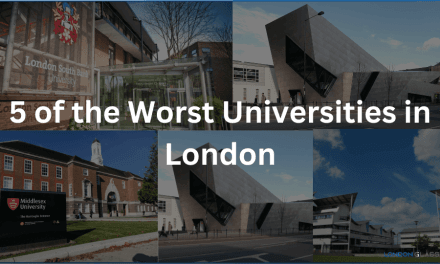Westbourne Park is a vibrant and fashionable residential area in West London, split between the boroughs of Westminster and Kensington & Chelsea. Known for its rich history, colorful houses, and cultural diversity, Westbourne Park offers something for everyone—whether you’re a resident, a tourist, or a visitor. This guide provides an in-depth look at everything you need to know about Westbourne Park, from its historical significance to modern-day lifestyle options.
History of Westbourne Park
Westbourne Park derives its name from the River Westbourne, a minor river that originates in Hampstead and flows 12 miles southward into the Thames at Chelsea, now mostly running underground. The area’s history is deeply tied to Westbourne Place, a mansion that stood here in the 1640s with extensive grounds stretching into what is now Westbourne Park. In the 1850s, the mansion was demolished, and its grounds became home to semi-detached villas along Westbourne Park Road, an area that would soon attract writers like Thomas Hardy.
The arrival of the Great Western Railway in the 1830s and the opening of the Westbourne Park station (initially called Green Bridge) in 1866 catalyzed the development of the neighborhood. During the mid-20th century, Westbourne Park faced decline, with many houses subdivided and left to deteriorate. However, in recent decades, the area has undergone gentrification, becoming a popular spot for fashion-forward individuals and creatives. Today, Westbourne Park is renowned for its colorful houses, chic eateries, and a cosmopolitan vibe that has attracted celebrities and wealthy Londoners.



